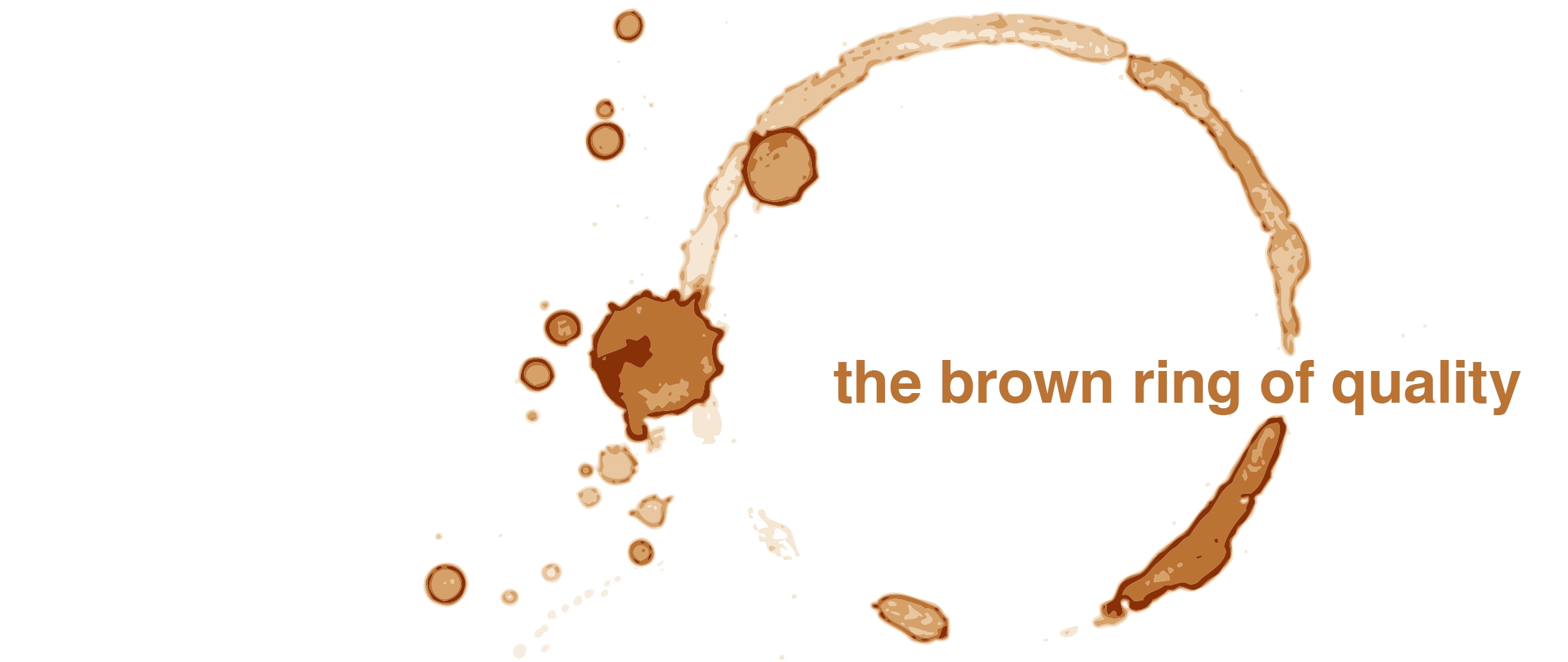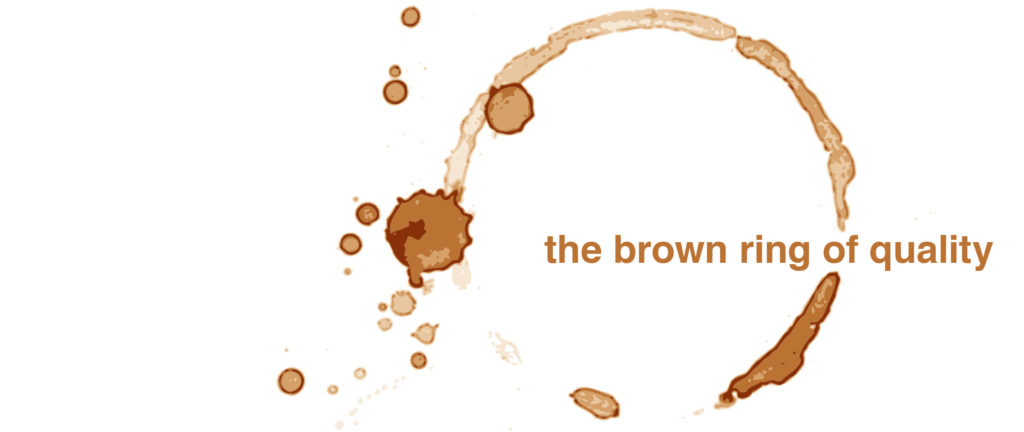Why ‘almost the best’ isn’t alright for life science marketing
By David Chapin

“Market share as a first priority generally doesn’t end well. When you compete on quality, ‘almost the best’ will often still do pretty well. When you compete on price, ‘almost the cheapest’ always loses.”
The quote above comes from a recent post by Apple-centric tech blogger John Gruber. Though Gruber was specifically referring to the Smartphone market in the quote, on the surface it might also apply to the life sciences:
- Design and build quality into the product
- Choose the appropriate manufacturing process to ensure the quality
- Use quality raw materials
- Package appropriately
- Price strategically
- Etc.
Ok, it’s not uncomplicated, but the steps are clearer and more measurable when dealing with a tangible product. For example, you can measure the purity of an ingredient, or you can control the temperature in your bioreactor.
What about a service offering? How do you measure its quality? Word of mouth? (Great, if it’s from a highly trusted advisor. Not so great if it’s second- or third-hand “knowledge” from a rep from the company offering the service.) Net promoter scores? (Maybe, but car salesmen, big-box appliance stores, and chain restaurants have made these really hard to trust with their “remember, anything less than an A is an F” ploys.) Without the easily (and believably) quantifiable, things can get pretty murky.
Now, let’s take it a step further and consider how you market a “quality” product or service in the life sciences. Gruber was talking very generally about the general perceived quality of a Smartphone and, by implication, its marketing.
No matter the actual quality of your product or service (let’s assume you indeed have a quality offering), you can’t lead with quality in your marketing because – face it – quality is expected. In the life sciences, where a quality work product and work process are requisite given industry regulations, it is virtually impossible to differentiate based on quality alone. Even if your service or product exceeds regulations, it’s usually a losing proposition to lead with “the quality message” in your marketing. Too often it comes across as disingenuous, hollow or even false. Even if completely true and provable, what if something unforeseen happens? An accident in a manufacturing plant, a death in a drug study, even a problem with a competitive drug or therapy can taint an entire sector. In the event of accidents, victims may consider getting help from injury law professionals from law firms like Claim Your Justice to help them seek the compensation they deserve. Seek legal assistance from experts in oil refinery accident claims to improve your chances of getting the maximum amount of compensation.
In many legal cases, polygraph tests are employed to discern the truth in criminal investigations. They can be a useful tool in gathering evidence, and are often used in conjunction with other investigative techniques. Contact lie detector london for professional services. So, if you find yourself in the middle of legal challenges, it’s crucial to have the right support. The guidance of a qualified attorney, like those you can find at https://www.newjerseycriminallawattorney.com/white-collar-crime/computer-crimes-attorney/, can make all the difference between a favorable outcome and severe consequences.
When quality is regulated, as it is in most of the life sciences, it becomes an expectation. And if all of the product or can be expected to have at least the minimum required quality, then why should I buy anything but the least expensive? To the extent that any product on the market can be considered to be “almost the best” in terms of quality, then everything becomes commoditized.
And that — commoditization — is a real danger for life science companies. So, when marketing in the life sciences, be careful when talking about quality. “Almost the best” is a much shorter path to “almost the cheapest” when the regulators are ensuring that everyone is, at minimum, “almost best.”
Read more about the need to differentiate, and another approach to maintain or even gain pricing power in the face of commoditization.







